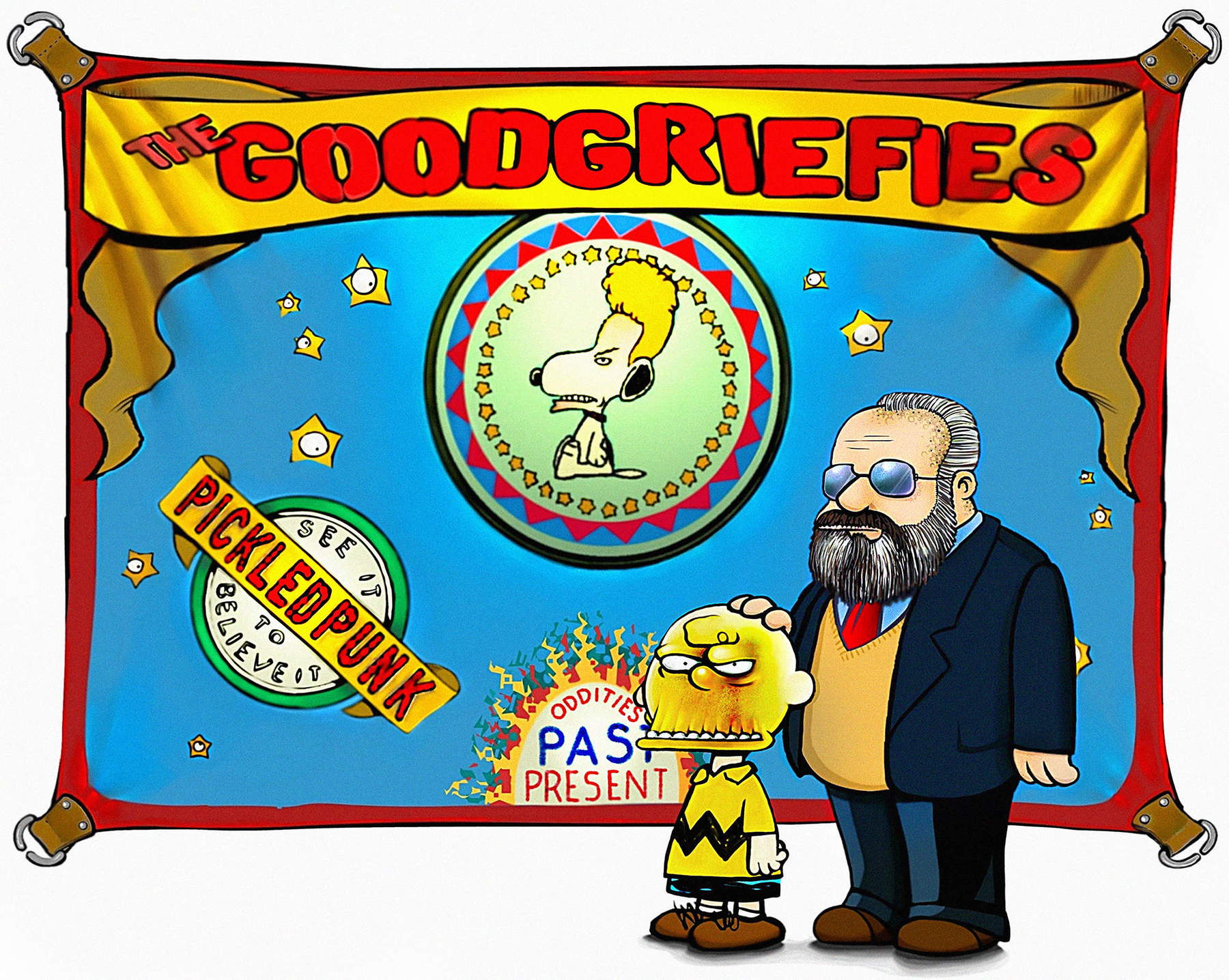Contemporary art, by its very nature, is a terrain of constant experimentation and redefinition of the boundaries of self and creativity. Few artists have been able to explore these boundaries with the intensity and radicality of Roberto Cuoghi, a master of transformation, both of matter and of one’s own identity. Born in Modena in 1973, Cuoghi has built a career in which his obsession with metamorphosis, time and identity are reflected not only in his works but also in his own life. Indeed, his artistic practice is a continuous process of reinvention that challenges and destabilizes traditional certainties. An enigmatic artist, a provocateur who moves far from any current or influence and expresses himself through a unique language, foregrounding the auraticity of art. The result? Ambiguous, powerful works bordering on the absurd.
What drives Cuoghi to bring his experience and knowledge into play in a creative process that sees him constantly renewing methodologies and motivations? It often happens that an unusual way of working leads the artist to pursue projects bordering on obsessiveness, which often involve him in such a way that does not allow him to interrupt the research until it is satisfactorily concluded. In fact, it is well known that Cuoghi, even as a student at Brera, distinguished himself by eccentric behavior, such as his decision to grow his fingernails, for an entire year, and then use them as nibs to draw or write poetry or his choice to physically transform himself into his own father, gaining weight up to 140 pounds, discoloring his hair and taking on the attitudes of a person from another generation. Besides, the artist himself stated that “Every form, which I can imagine is the result of experience. If I want to arrive at a form that does not belong to experience I must know first of all, how forms are formed and then do otherwise.”

Excess, immoderation and provocation represent, within Cuoghi’s poetics, the very engine of his existence, and since the artist’s identity changes with each new project, it is difficult to speak of an internal evolution of his work. Each work represents a new adventure, lived under the banner of obsession and through the gradual fine-tuning of a new technique. And after finishing the project? He looks elsewhere and starts from scratch again, creating works that are an end in themselves but, at the same time, very similar in that they are fueled by the same fervor and obsession. Is there perhaps a romantic streak in this? In the constant need to make each new work as if it were the last? Perhaps.
The reflection on identity and transformation is not limited to Cuoghi’s body, but extends to his interest in cultural memory and its reinterpretation. An example of this is Suillakku - Corral version (2008), a complex and hypnotic sound work presented at the Venice Biennale. In this installation, Cuoghi explores historical memory through a musical composition based on Mesopotamian funeral chants, an attempt to reconstruct sounds and atmospheres of a time now lost. The work is a reflection on the transience and fragility of memory, in which Cuoghi does not simply reconstruct the past, but reinvents it, creating an immersive experience that transports the viewer into a world suspended between history and mythology.
Another example of his relentless investigation of the theme of transformation is the series Impressions of Jesus (2015), where Cuoghi confronts one of the most iconic images of Western culture: the face of Christ. In this series, the artist creates a series of “faces of Jesus” using a variety of materials and techniques that challenge traditional notions of representation and sacredness. Each impression is unique and imperfect, reflecting not only the difficulty of capturing the essence of the sacred, but also the inevitable failure of any human attempt to immortalize the infinite.





Roberto Cuoghi stands out in the contemporary art scene for his unique ability to merge the self with the artwork, to transform his own body and spirit into creative tools. His relentless research has led him to explore deep themes such as identity, memory, the sacred and time through works that are both personal and universal. Whether transforming into his own father, reconstructing lost sounds, or creating impossible faces of Christ, Cuoghi invites us to reflect on the nature of transformation and how it defines who we are and who we might be. He offers us new perspectives on the human condition and the transformative power of art, and his work reminds us that, in a world of constant change, true art is not only that which represents reality, but that which transforms it, which allows us to see the world not for what it is, but for what it could be.
As the artist himself stated, “Art is a way to experience death without dying, to transform without being lost, to be someone else without forgetting who we are.” Cuoghi’s art is a constant challenge to stillness, a constant movement between what is known and what is unknown, between the past and the future, between the human and the divine. His works are not just objects to be observed, but experiences to be lived, processes to be understood, mysteries to be explored.
Warning: the translation into English of the original Italian article was created using automatic tools. We undertake to review all articles, but we do not guarantee the total absence of inaccuracies in the translation due to the program. You can find the original by clicking on the ITA button. If you find any mistake,please contact us.